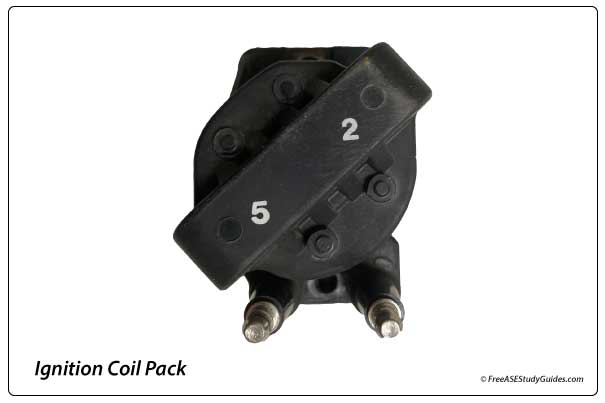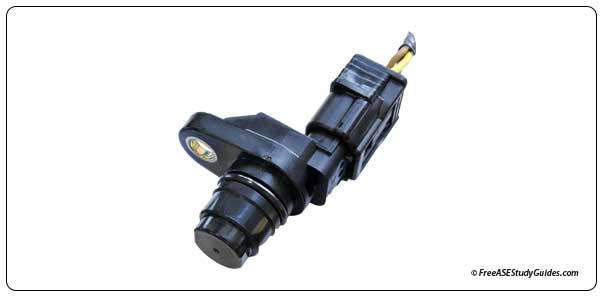Waste Spark Ignition Systems

In a waste spark ignition system, each coil fires two cylinders simultaneously. One spark plug fires into an air-fuel charge while the other spark plug fires into inert gas (non-flammable gas). That's why it's called a waste spark system.

An open at point A or the ground for the ignition module would result in a no-start condition. The drivers in the diagram ground the appropriate coil's primary circuit for the next cylinder in the firing order. An open at point B would result in no power to the coil's primary circuit. This open circuit would deprive the number 1-4 coil of power, rendering it useless. An open at point C deprives the other coil of power, resulting in no spark at the 2-3 cylinders.
Crankshaft Position Sensor

The ignition module in the illustration relies on inputs from several sensors, including the crankshaft position sensor and the camshaft position sensor, to make decisions. Automotive computer modules control actuators like the coils in the illustration based on inputs from these sensors compared to preset tables. A problem with a crankshaft position sensor can easily result in a no-start condition.

Excessive resistance in a sensor circuit alters the signal. This resistance in the crankshaft position sensor's circuit or a damaged reluctor ring would likely result in a no-spark condition. This sensor provides the crankshaft's position to the control module. Inspect the circuit; resistance caused by a pinched or damaged wire or a spaded connector would corrupt the sensor's signal.